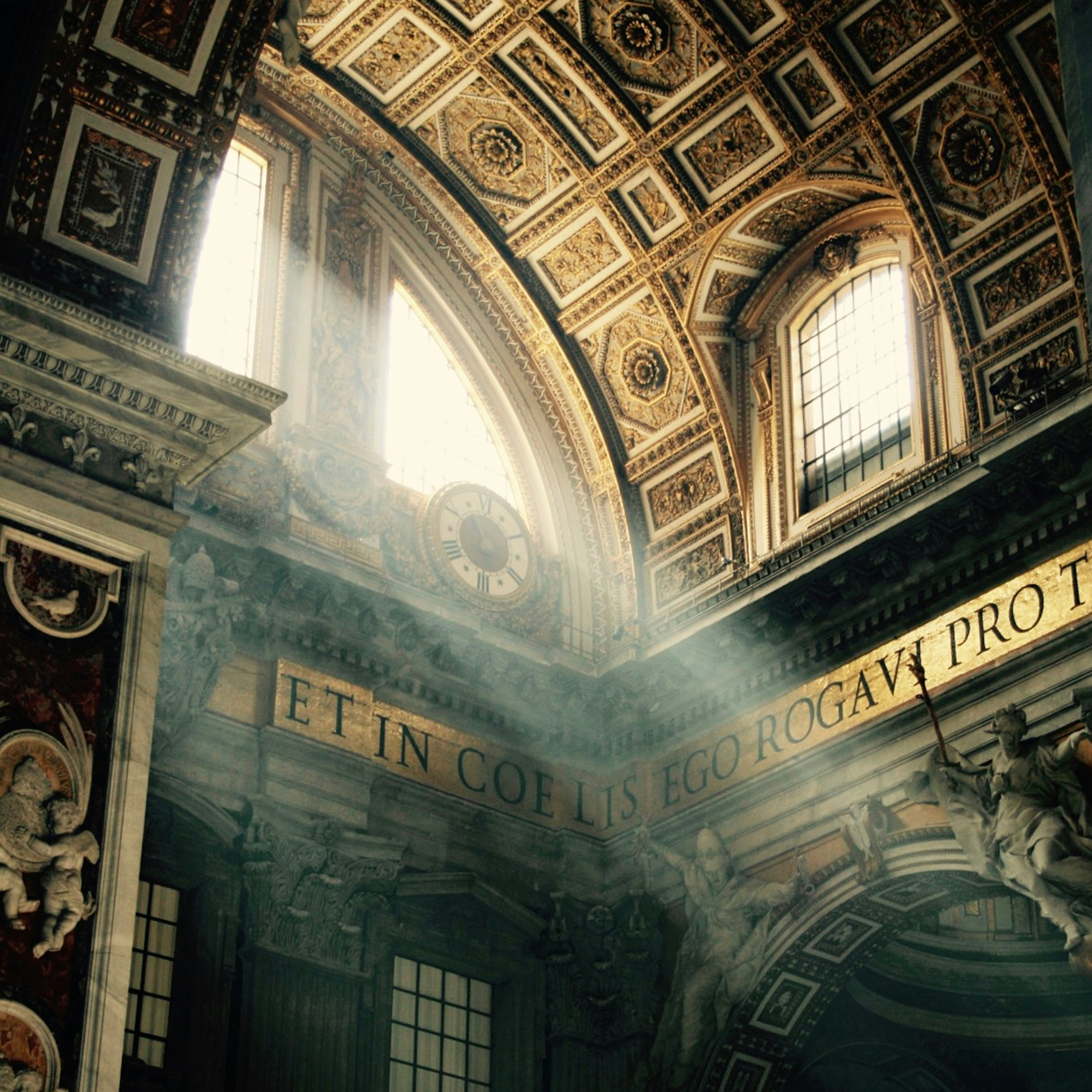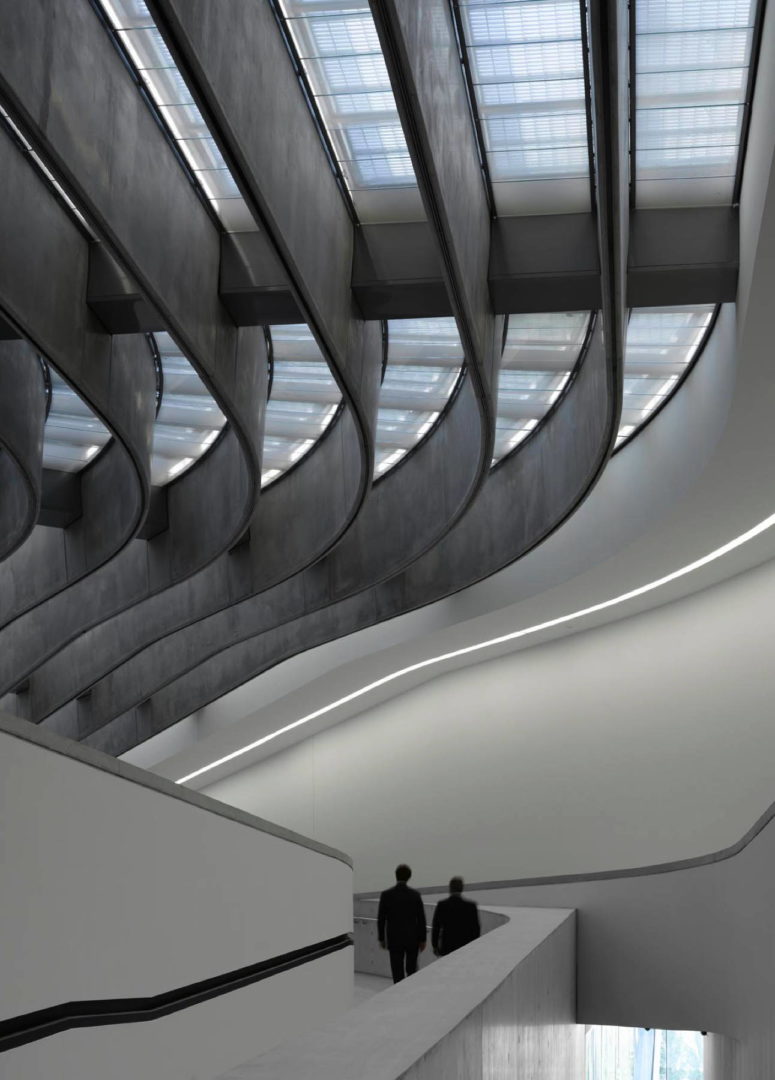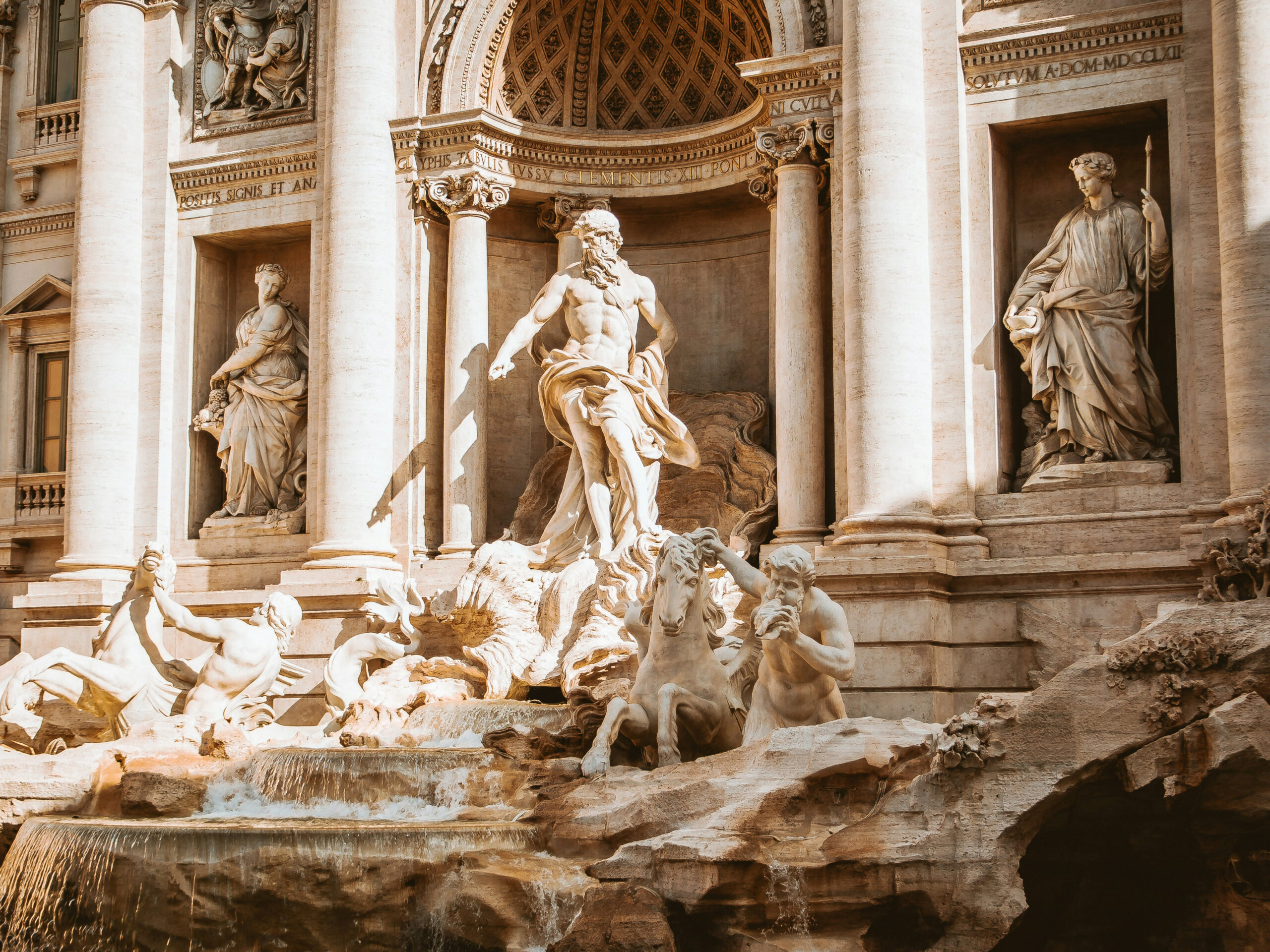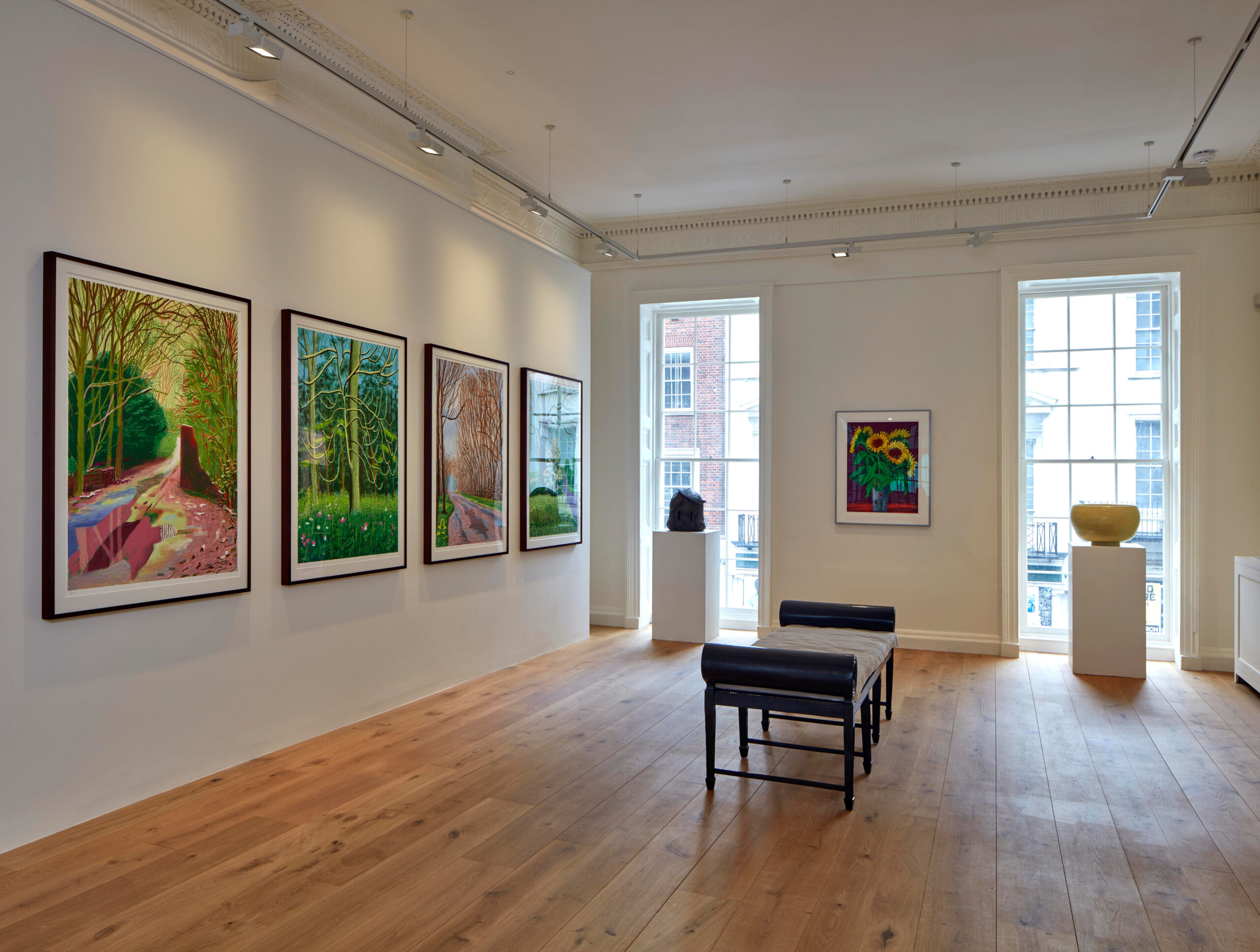
ROME REIMAGINED
THE NEW LANGUAGE OF ART IN THE ETERNAL CITY

In a city where ancient temples casually crumble at traffic intersections and church corners conceal Caravaggios, it’s unsurprising that Rome’s art scene has remained largely defined by its past. However, since the dawn of the new millennium the Eternal City has gradually been turning its gaze to the future.
First came the institutions – ambitious, daring efforts that sought to assert a new visual language as much through architecture as their collections. Inaugurated in 2010, the Zaha Hadid-designed MAXXI shook the establishment to its core with its series of canyon-like spaces and walls that swerve like a velodrome, encouraging multiple perspectives on a 400-strong permanent collection and exhibitions that span art, design, and fashion. Under a new curatorial direction, La Galleria Nazionale
broke with tradition by discarding chronological displays in favour of provocative pairings.
“In a city where ancient temples casually crumble at traffic intersections and church corners conceal Caravaggios, it’s unsurprising that Rome’s art scene has remained largely defined by its past”

During the same period, intimate commercial galleries with international clout began springing up on unassuming side streets where grizzled locals smoked pipes outside espresso bars. Gagosian Rome, established in 2007, continues to offer museum-quality exhibitions of artists such as Cy Twombly and Giuseppe Penone, while Galleria Lorcan O’Neill, which is housed in the 17th-century stables of Trastevere’s Palazzo Santacroce,
represents a discerning mix of blue-chip and emerging names.
As governmental funding faltered during the COVID-19 pandemic and major institutions were forced to close, local artists took matters into their own paint-spattered hands. Independent spaces like Numero Cromatico and Spazio In Situ became vital platforms for experimental practice. Castro Projects introduced London-style critique sessions and artist residencies, while Post Ex – founded by an eight-strong collective including Lulù Nuti and Luca Grimaldi – now has 14 permanent studios in a self-refurbished warehouse.
While contemporary art may never eclipse its ancient past, Rome is now a major destination for collectors seeking legacy with edge.

